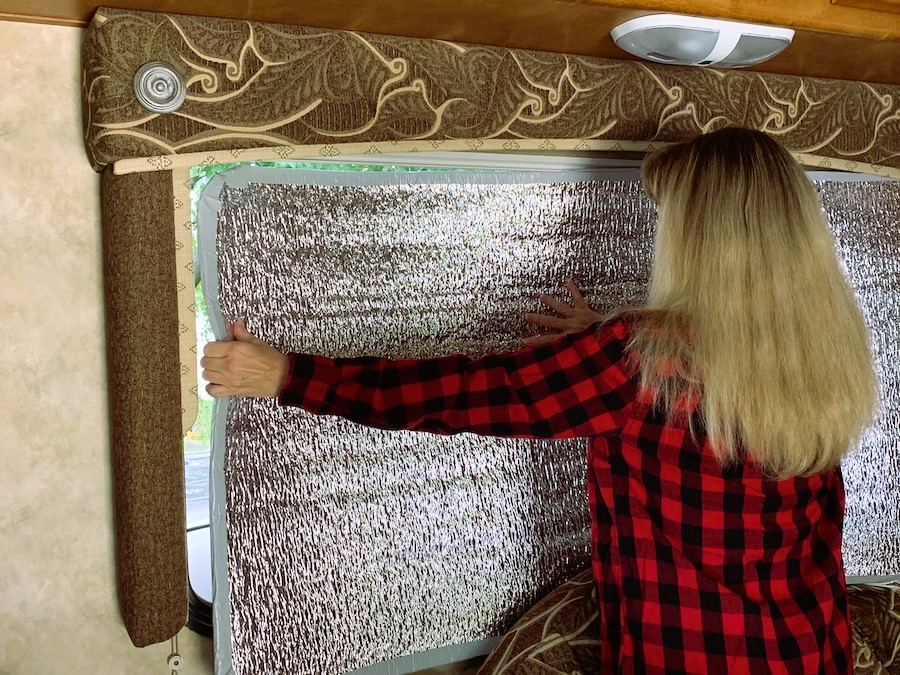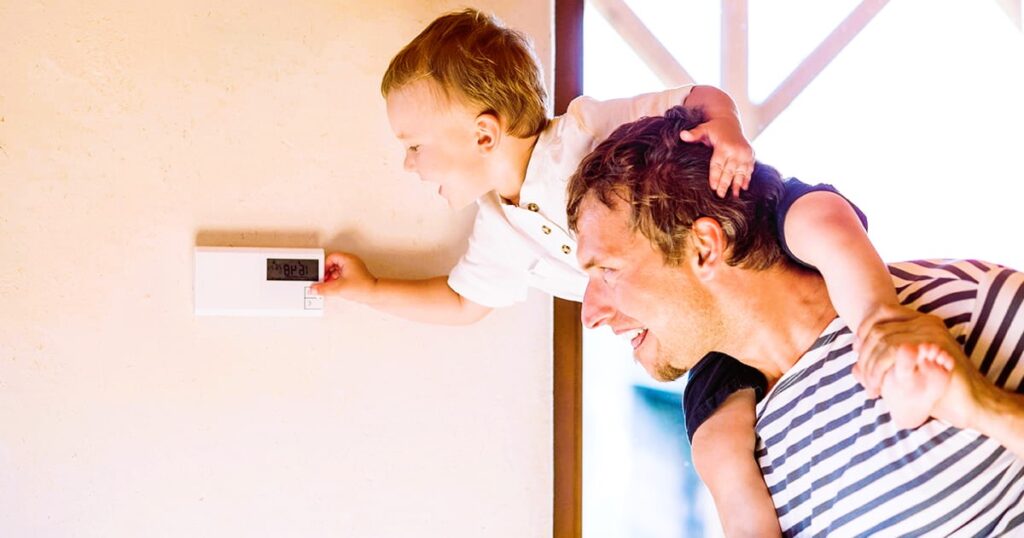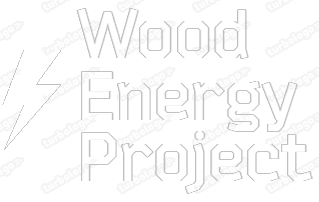As the summer heat intensifies, keeping your home cool becomes a top priority. One effective way to reduce cooling costs and maintain a comfortable indoor environment is through proper window insulation. Well-insulated windows can prevent heat gain from the sun, minimize air leakage, and improve energy efficiency. In this article, we will explore various window insulation tips that can help you beat the summer heat while saving money on your cooling bills.
- Install Window Films
Window films are a cost-effective solution for reducing heat gain through windows. These thin, adhesive films are applied to the interior surface of the window and act as a barrier against the sun’s rays. Window films come in different shades and levels of reflectivity, allowing you to choose the one that suits your preferences. They can block a significant amount of solar heat while still maintaining visibility and natural light. Installing window films is a simple and affordable way to improve window insulation and reduce cooling costs.
- Use Insulated Window Coverings

Insulated window coverings, such as cellular shades or thermal curtains, are excellent options for enhancing window insulation. These coverings feature multiple layers of fabric or cellular pockets that trap air and create a thermal barrier. The trapped air helps to insulate against heat transfer, keeping your home cooler in the summer. Additionally, insulated window coverings can block out sunlight and provide privacy. By using these coverings strategically, you can effectively reduce heat gain and lower your cooling expenses.
- Seal Air Leaks
Air leaks around windows can significantly impact the energy efficiency of your home. Hot air can enter your home through these leaks, causing your cooling system to work harder to maintain a comfortable temperature. Inspect your windows for any gaps or cracks and seal them using weatherstripping or caulking. Weatherstripping is ideal for sealing gaps along moving parts, such as window sashes, while caulking is suitable for sealing stationary parts. By sealing air leaks, you can improve window insulation and prevent warm air from entering your home.
- Utilize Window Awnings or Exterior Shades
Window awnings or exterior shades can be effective in reducing heat gain during the summer months. These additions create shade and block direct sunlight from entering your home, which can significantly reduce the amount of heat that enters through your windows. Window awnings can be retractable or fixed, providing flexibility in controlling the amount of shade required. Exterior shades, such as solar screens or roller shades, are also popular options. By strategically positioning window awnings or exterior shades, you can keep your home cooler and reduce the need for excessive air conditioning. Energy Audits: Assessing the Financial Impact of Insulation.
- Consider Window Tinting
Window tinting is another option to improve window insulation and reduce cooling costs. Tinted window films or coatings can be applied to the glass surface, reducing the amount of heat and glare that enters your home. Window tinting can block a significant percentage of the sun’s heat and UV rays, providing energy savings and protection for your furnishings from fading. It is important to note that window tinting regulations vary, so ensure compliance with local laws and consider professional installation for optimal results.
- Implement Exterior Shading Techniques
In addition to interior window treatments, exterior shading techniques can be beneficial for reducing cooling costs. Planting trees or installing outdoor shading structures, such as pergolas or shade sails, can provide natural shade and reduce the amount of direct sunlight that reaches your windows. Properly positioned landscaping or external shading devices can significantly decrease heat gain and create a cooler microclimate around your home. Incorporating these exterior shading techniques can complement your window insulation efforts and contribute to energy savings.
- Use Smart Home Technology

Smart home technology can enhance window insulation and energy efficiency. Consider installing smart window sensors or motorized blinds that can be controlled remotely or programmed to respond to specific conditions. These devices can automatically adjust window coverings based on sunlight intensity or temperature, optimizing the balance between natural light and heat gain. By integrating smart home technology, you can maximize the benefits of window insulation and ensure efficient use of energy throughout the summer months.
Conclusion
Proper window insulation is crucial for reducing cooling costs and maintaining a comfortable indoor environment during the summer. By implementing the window insulation tips mentioned above, such as installing window films, using insulated window coverings, sealing air leaks, utilizing window awnings or exterior shades, considering window tinting, implementing exterior shading techniques, and incorporating smart home technology, you can significantly improve the energy efficiency of your home. Invest in window insulation today and enjoy the benefits of a cooler home and reduced cooling expenses throughout the summer season.

